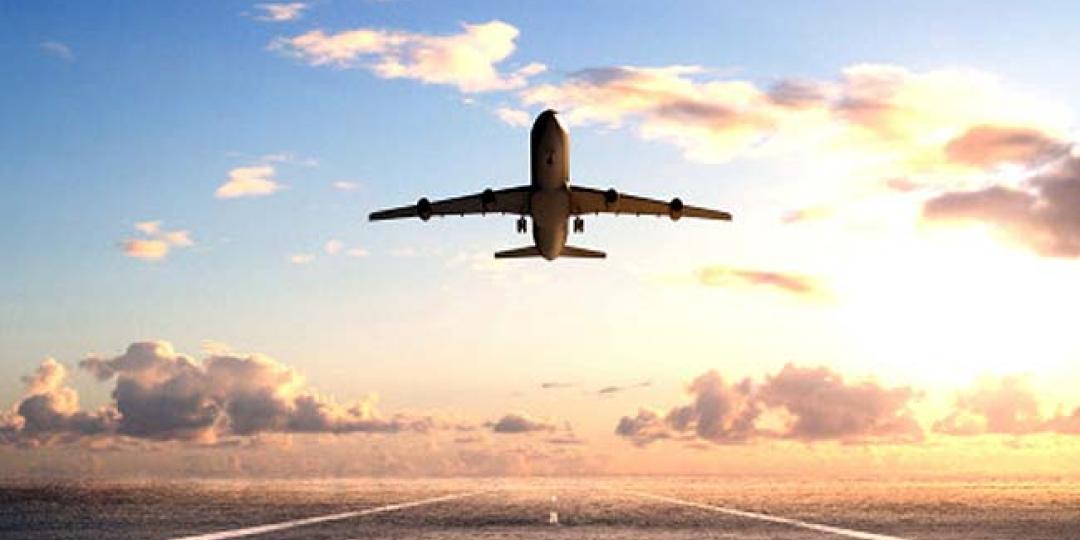Iata expects overall air traveller numbers to reach four billion in 2024 (counting multi-sector connecting trips as one passenger), exceeding pre-COVID-19 levels (103% of the 2019 total).
“The trajectory for the recovery in passenger numbers from COVID-19 was not changed by the Omicron variant. People want to travel. And when travel restrictions are lifted, they return to the skies. There is still a long way to go to reach a normal state of affairs, but the forecast for the evolution in passenger numbers gives good reason to be optimistic,” said Willie Walsh, Iata Director General.
The February 2022 update to the long-term forecast includes the following highlights:
· In 2021, overall traveller numbers were 47% of 2019 levels. This is expected to improve to 83% in 2022, 94% in 2023, 103% in 2024 and 111% in 2025.
“The biggest and most immediate drivers of passenger numbers are the restrictions that governments place on travel. Fortunately, more governments have understood that travel restrictions have little to no long-term impact on the spread of a virus,” said Walsh.
He added that the economic and social hardship caused, for very limited benefit, was simply no longer acceptable in a growing number of markets. “As a result, the progressive removal of restrictions is giving a much-needed boost to the prospects for travel.”
Iata has therefore reiterated its call for:
- The removal of all travel barriers (including quarantine and testing) for those fully vaccinated with a WHO-approved vaccine;
- Pre-departure antigen testing to enable quarantine-free travel for non-vaccinated travellers;
- Removing all travel bans; and
- Accelerating the easing of travel restrictions in recognition that travellers pose no greater risk for COVID-19 spread than already exists in the general population.
Regional variations
Not all markets or market sectors are recovering at the same pace. Iata data shows that Africa’s passenger traffic prospects are somewhat weaker in the near-term, due to slow progress in vaccinating the population, and the impact of the crisis on developing economies.
Passenger numbers to/from/within Africa will recover more gradually than in other regions, reaching 76% of 2019 levels in 2022, and expected to surpass pre-crisis levels only in 2025 (101%).
Russia-Ukraine conflict
The forecast does not calculate the impact of the Russia-Ukraine conflict. In general, says Iata, air transport is resilient against shocks and this conflict is unlikely to impact the long-term growth of air transport.
It is too early to estimate what the near-term consequences will be for aviation, but it is clear that there are downside risks, in particular in markets with exposure to the conflict.
Sensitivity factors will include the geographic extent, severity, and time-period for sanctions and/or airspace closures. These impacts would be felt most severely in Russia, Ukraine and neighbouring areas. Pre-COVID-19, Russia was the 11th largest market for air transport services in terms of passenger numbers, including its large domestic market. Ukraine ranked 48.
The impact on airline costs as a result of fluctuations in energy prices or rerouting to avoid Russian airspace could have broader implications. Consumer confidence and economic activity are likely to be impacted, even outside Eastern Europe.























